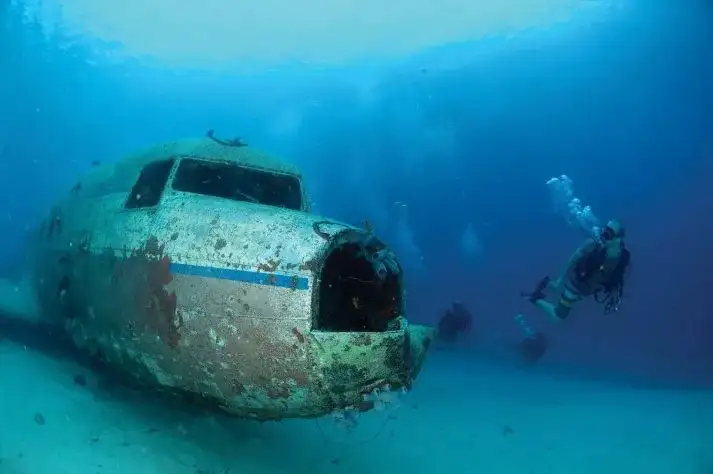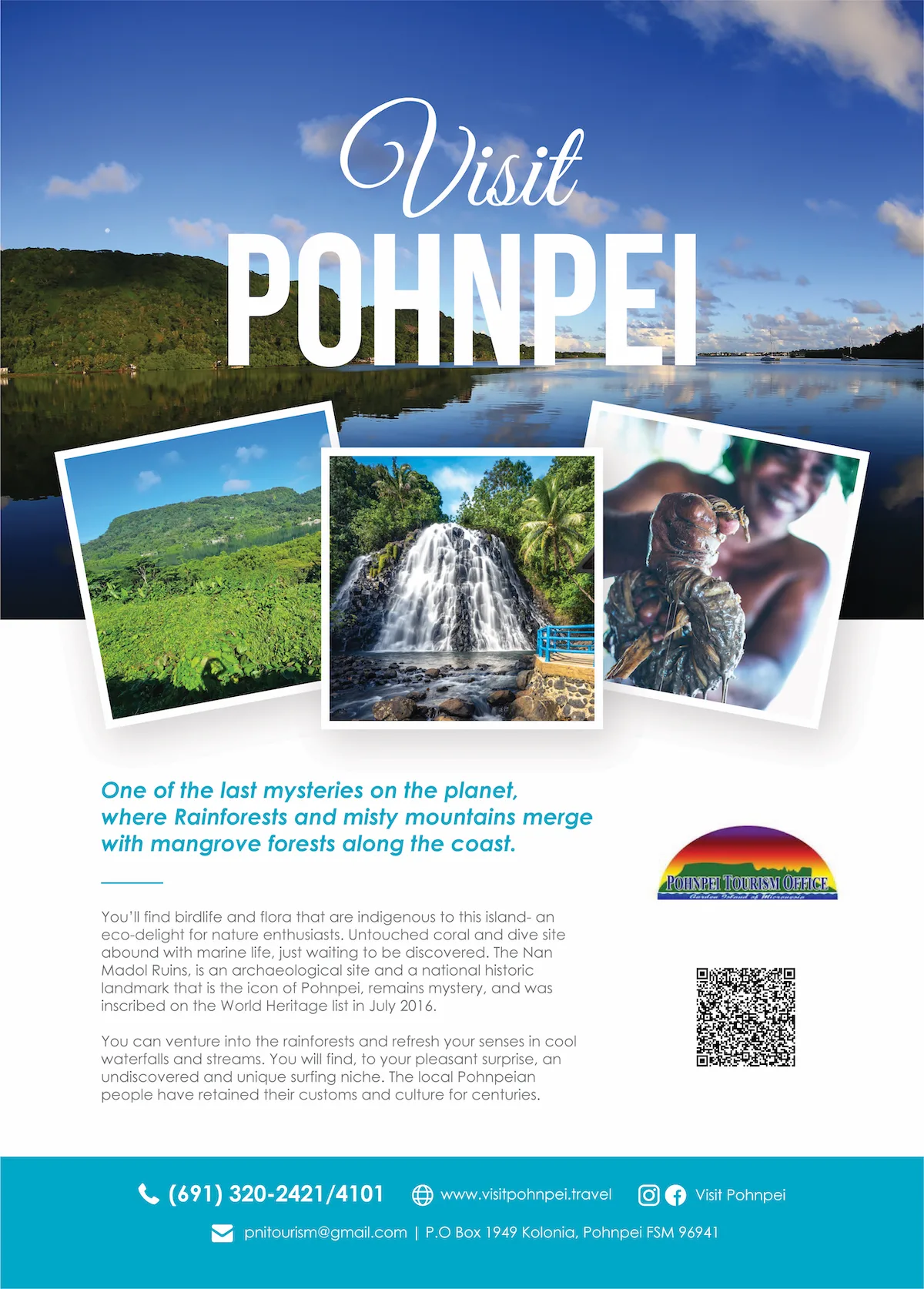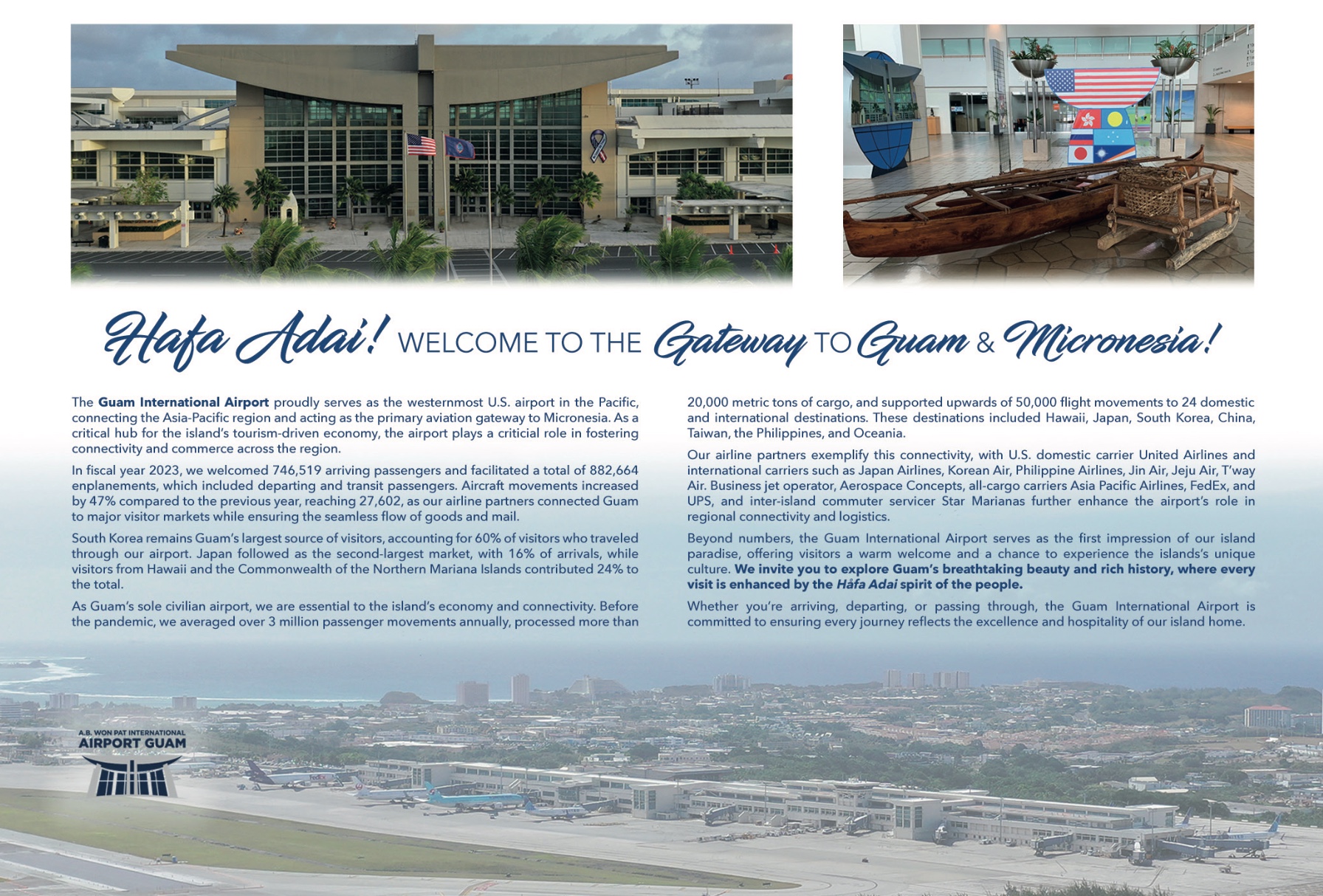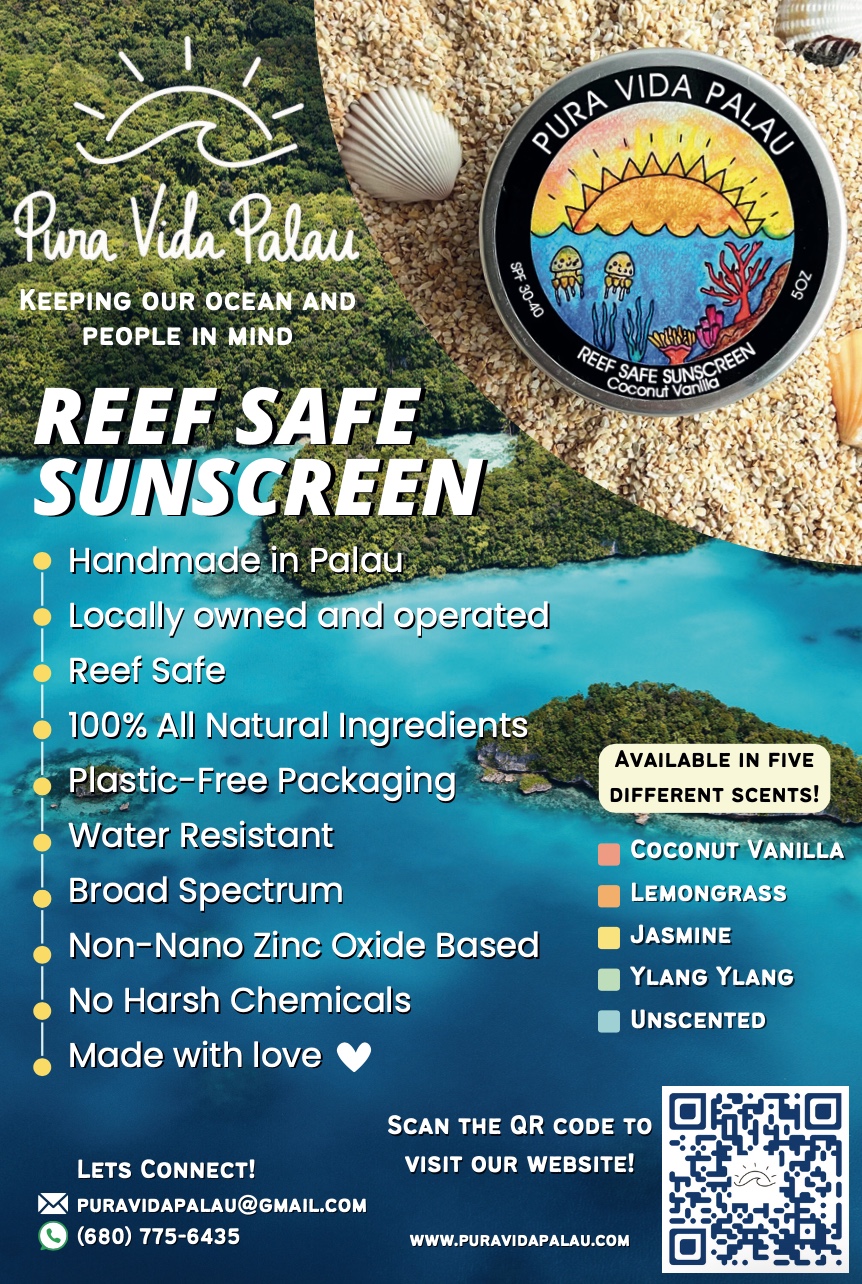Pristine waters decorated by 2,000 small islands and coral-ringed atolls, Micronesia is the cookie-cutter example of a perfect diving environment.
Micronesia literally translates to “small islands” and accounts for the scattering of tropical islands over more than three million square miles of the Pacific Ocean. Most visitors to Micronesia come near and far to snorkel or scuba dive within the many wrecks from World War II and unearth the uncrowded reefs that blossom with an abundance of marine life. Micronesia really is a playground for diving fanatics and beginners. The tropical climate provides some of the best diving environments for all-year round enjoyment. The dry season is between December and April and the rainy season lasts from April to December, but that doesn’t mean the underwater worlds cease their energetic splendour. Micronesia literally translates to “small islands” and accounts for the scattering of tropical islands over more than three million square miles of the Pacific Ocean. Most visitors to Micronesia come near and far to snorkel or scuba dive within the many wrecks from World War II and unearth the uncrowded reefs that blossom with an abundance of marine life. Micronesia really is a playground for diving fanatics and beginners. The tropical climate provides some of the best diving environments for all-year round enjoyment. The dry season is between December and April and the rainy season lasts from April to December, but that doesn’t mean the underwater worlds cease their energetic splendour.
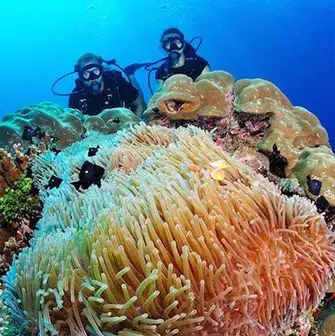
For those interested in wreck dives, or new to diving and intrigued in the historical world that lies below the surface, Chuuk lagoon, regarded as some as the best wreck dive in the world, is just the place where your dreams will come true. This protected reef was chosen as the Japanese naval base in the Pacific Ocean prior to the Second World War and holds a rather tragic and infamous history. Seventy years on from Operation Hailstone, which saw the Japanese fleet destroyed by US and Allied Forces, the diving site is now a magnet for wreck diving fanatics. With 50-70 wrecks strewn across the lagoon, they range from those that are closer to the surface to deeper options that require an advanced or technical diving certificate. Dives include a ‘Million Dollar Wreck’, so called due to divers continuing to find a large amount of army equipment in and around the cargo ship to the present day, as well as the Nippo Maru, an atmospheric site known for its eery gas masks found throughout.
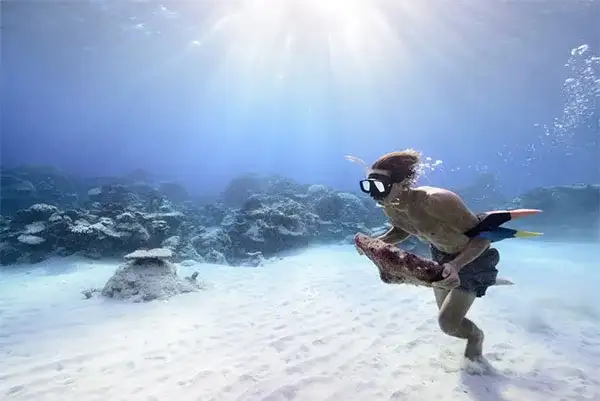
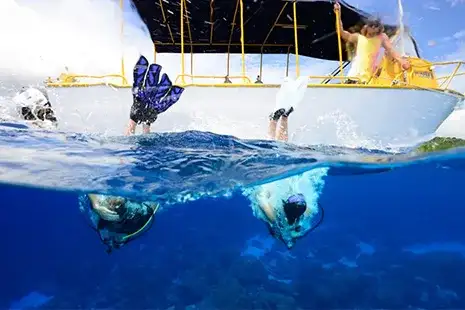
Whilst Chuuk offers an underwater world of historical wonder, divers shouldn’t expect an abundance of marine life in these waters. Palau is where you’re certainly more likely to see the vibrant visions of corals and burgeoning sea life, reminiscent of the documentaries that inspired you to dive in the first place. The majority of diving is focused on drift diving along the coral reef lagoon and adjacent islands which drip with colourful coral and schools of pelagic fish. Offering sites such as the Chandelier Cave for more adrenalin-thirsty divers, consisting of five interconnected caves with different chambers to explore, to the Jellyfish Lake, a delicate ecosystem where snorkelers can swim amongst stingless jellyfish, Palau is one of the best and most diverse places to dive in Micronesia. No matter where you stay in Palau, due to the abundance of dive sites, you’re never too far from an amazing underwater display. Palau Royal Resort is situated along the east coast of Malakal Island which is in great proximity to the harbour where many diving tours set off. East of Malakal Island are the Rock Islands where you’ll find the likes of the famous Blue Corner site swimming with a variety of underwater life, as well as the Helmet Wreck, another Japanese coaster that was sunk during the Second World War. Return to your own private beach at Palau Royal Resort and relax your muscles after a long day exploring Palau’s wondrous diving sitesTo escape the more touristicated diving areas, Kosrae, covered with dense tropical jungles and volcanic peaks is a remote island that instills you with a belief that you’re seemingly the only inhabitants of this small atoll; you’ll certainly be warmly welcomed by the locals. The dive sites here boast drop-offs and hard corals as well as sandy bottoms, that make for a particularly crystal clear dive. Akin to other areas of Micronesia, there’s a shipwreck known as the Lenore which was sunk in the nineteenth century and attracts visitors far and wide. The attractive health of the coral reefs at Kosrae and the visibility that is afforded here is also a major draw to this area. Within Kosrae, you’ll find Kosrae Nautilus Resort, offering 18 air-conditioned rooms and convenient proximity to some of the best scuba diving sites. Why not explore the fourteenth-century Lelu ruins or allow the resort to arrange a scuba diving tour around the islands with their own in-house diving operators and divemasters who possess a wealth of experience.The islands and atolls of Micronesia may be small in terms of their land mass, but they make up for this in their diving potential. Offering almost everything that makes up a perfect dive, including mesmerising historical shipwrecks, hard and soft coral gardens, drop-offs, drift dives, shark dives and vibrant schools of hundreds of species of fish, Micronesia is a haven for the curious scuba divers of the world.

